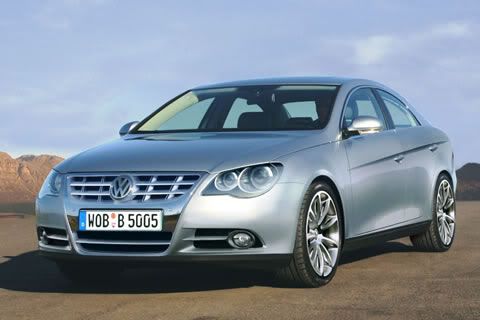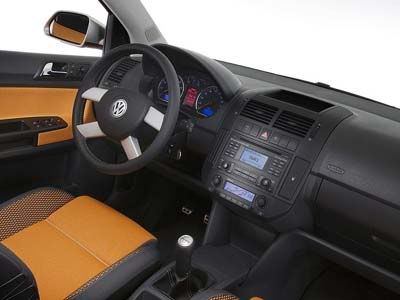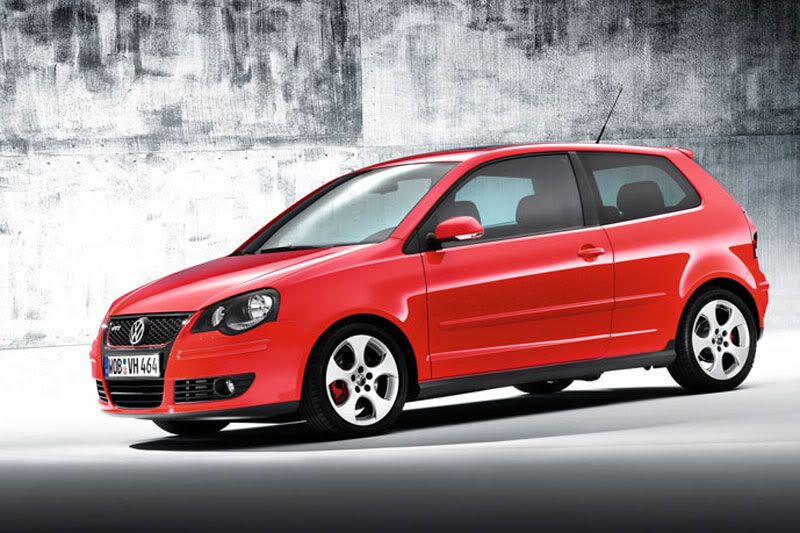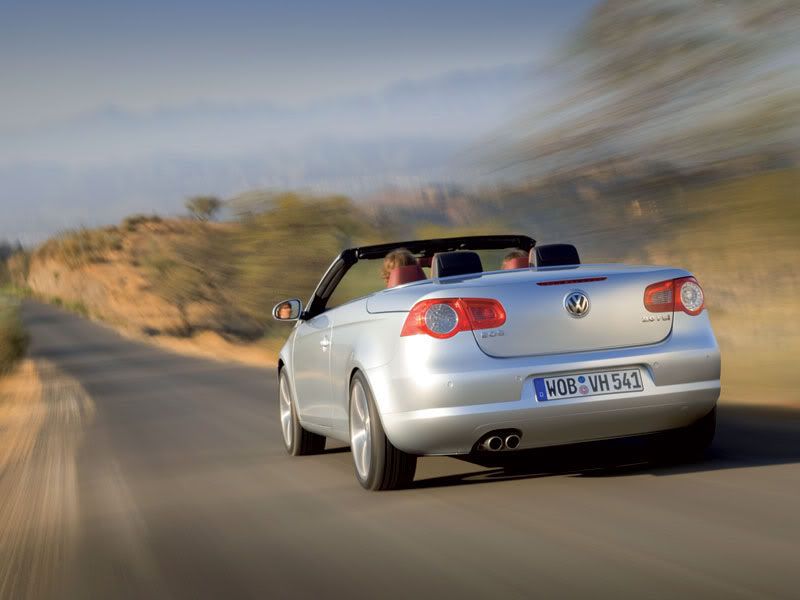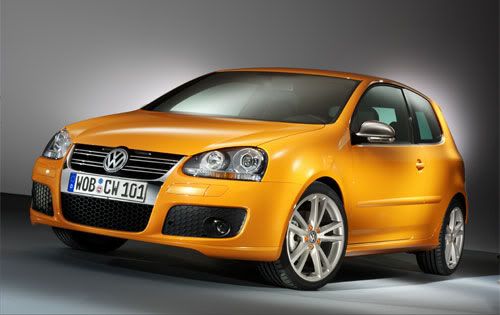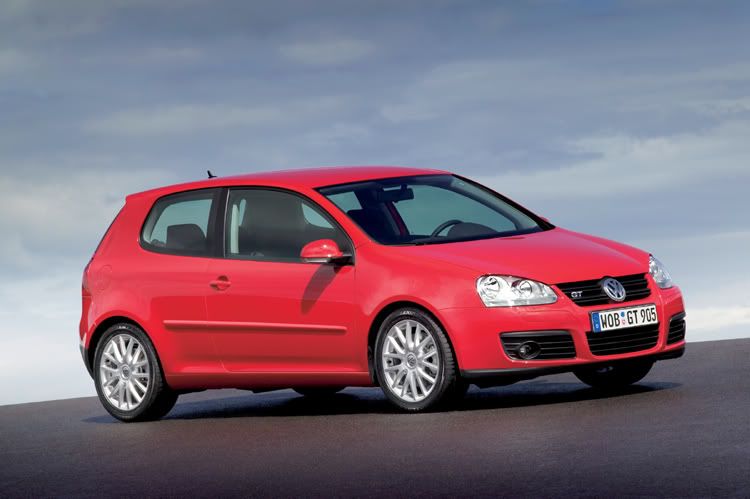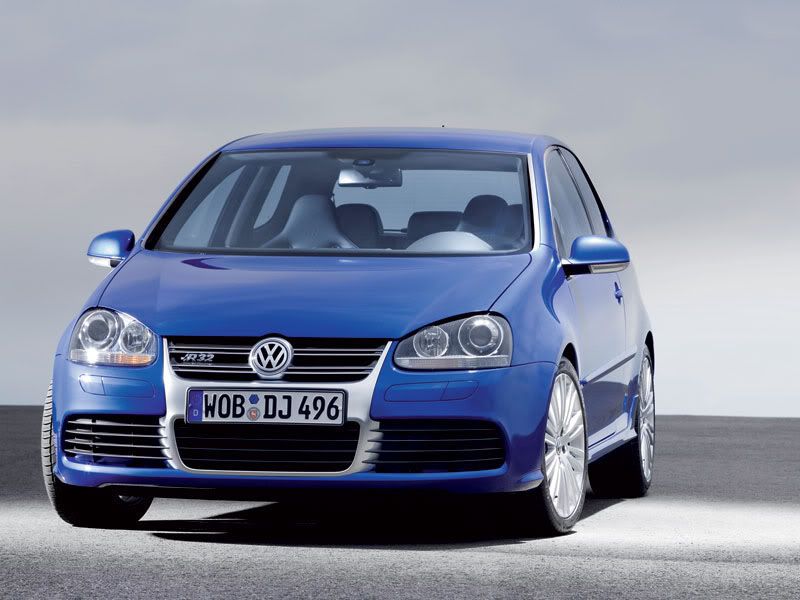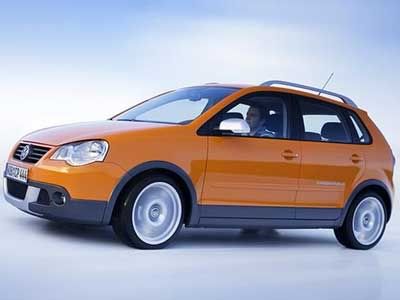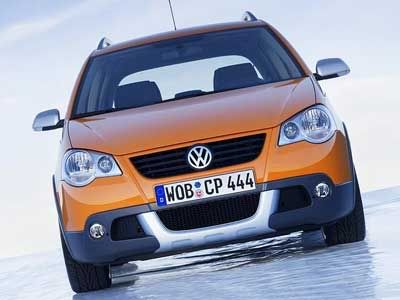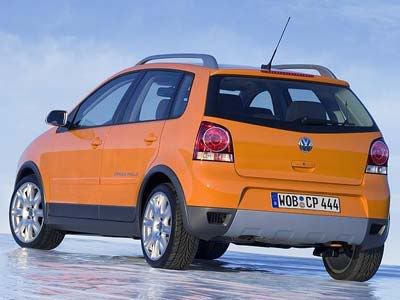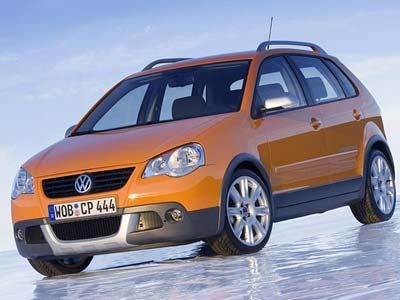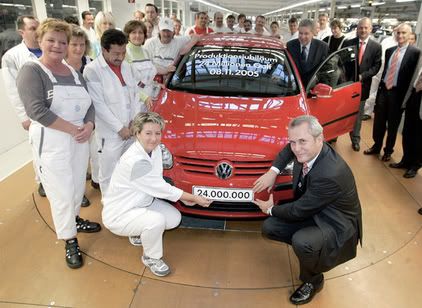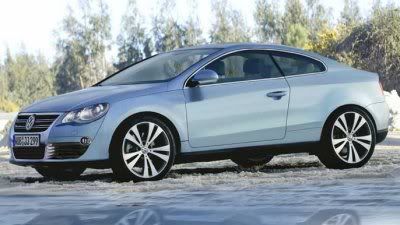Text and photos from Volkswagen of America.
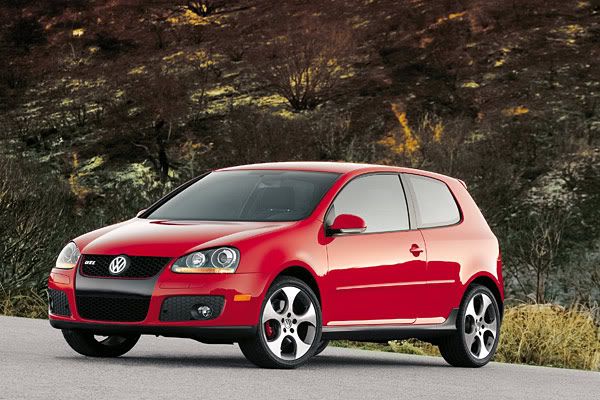
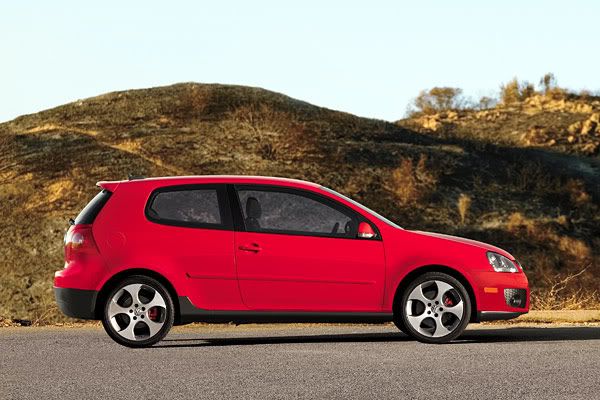
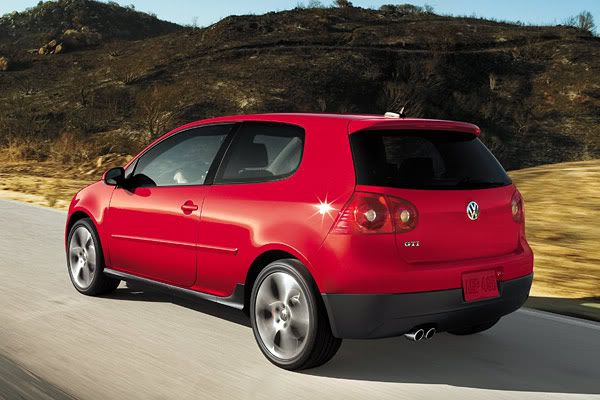
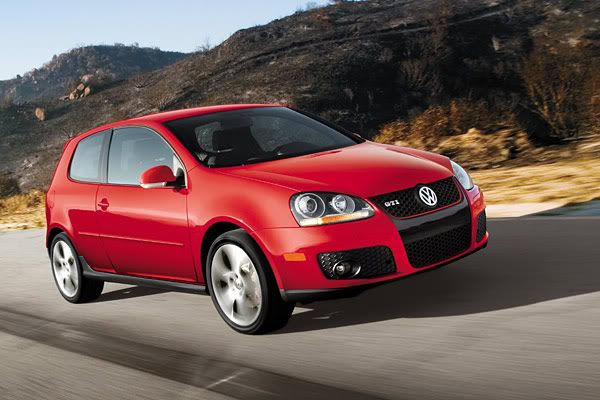
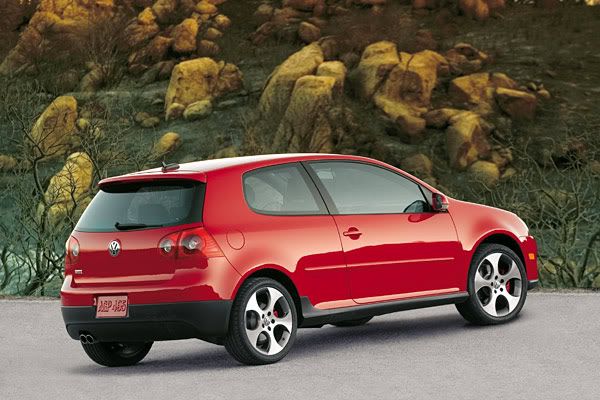
AUBURN HILLS, Mich. — The launch of the all-new GTI promises Volkswagen’s return to the purity of its ground-breaking sports car concept hatchback, and offers enthusiasts a modern and dynamic extension of the automaker’s original hot-hatch approach that essentially spurred a new car class.
More than 30 years ago in Europe, Volkswagen launched the GTI and in 1983 this model arrived in the U.S. as the first affordable, German engineered, “pocket rocket,” a term of endearment from enthusiasts of affordable German performance and one that best describes the unique character of the original car that combined a nimble and spirited Teutonic driving experience with a strong value for the money and perhaps just as importantly the everyday practicality of a hatchback.
Volkswagen purists have anticipated this fifth generation GTI since its critically acclaimed European launch in mid-year 2005 and are prepared to test this model’s sports credentials that include the high-tech, 200 horsepower 2.0T four-cylinder engine, a new fully independent, sports-tuned suspension—a first for the GTI—a standard six-speed manual transmission, and an understated but dynamically aggressive style outside and a practical interior that equally mixes functionality, flair and a preoccupation with a driver-first focus and layout.
The new GTI is a solid and aggressive sports model with a unique automatic manual DSGTM transmission that utilizes direct shifting which essentially automatically depresses clutch-shift points more efficiently and quicker than even a professional driver can. But the GTI today is all purity, and for those who want the unique control of a clutch, the all-new GTI comes with a standard six-speed manual transmission. Top speed is electronically governed at 130 miles per hour in the U.S.
As always, the GTI is based wholly on one of the world’s most popular and enduring models—the Volkswagen Golf. This fifth-generation Golf platform is renowned for its solidity and sophistication that make it one of the best selling models in the world. Built in Wolfsburg, Germany, the home of Volkswagen, the GTI benefits from Volkswagen’s high-tech production process that includes industry-leading robotics in its assembly technology and sequences.
Based on its already solid predecessor, the new GTI records double-digit improvements in its dynamic and tensional rigidity—15 percent and 35 percent, respectively, to be exact. This is partially achieved through the use of more high-strength body panels, Volkswagen world-class design and engineering, and during production, advanced laser-welding systems that require a new-generation of robotics and elaborate laser-driven measuring check points. The result is a dramatic increase in precise laser-welded seams, normally reserved for cars in much higher segments of the market. The net benefit of the Gate’s laser bonding process is a class-leading fit and finish, heightened body strength, crash protection, dialed-in driving dynamics, and reduced interior noise—all key components that set the GTI apart from its hatchback competitors.
The heart of the 2006 GTI is Volkswagen’s new and highly regarded 2.0T turbocharged four-cylinder engine producing 200 hp at 5,100 to 6,000 revolutions per minute and 207 ft.-lbs. of torque from 1,800 to 5.000 rpm.
This transverse, front-mounted engine incorporates dual overhead camshafts, four valves per cylinder, and maintenance-free hydraulic lifters for smooth, worry-free operation. A fully electronic engine management system includes drive-by-wire throttle control and FSI direct injection for optimal fuel delivery, which increases power, improves efficiency, and reduces emissions.
As alluded to earlier, the new six-speed DSG automatic manual transmission with Tiptronic® is a tempting option for drivers, as well as those simply seeking the convenience of an automated transmission. The DSG transmission permits fully automatic or manual gear changes using a twin-clutch, wet-plate design that eliminates the power interruption associated with traditionally clutched gear changes. The result is sports performance and unexpected fuel efficiency.
Known for being a “wolf in sheep’s clothing,” the 2006 GTI shows a bit more fang with its distinctly, pleasantly aggressive, sports-car styling. More than ever, it is distinguished from its rock solid sibling, the new generation Golf, including the most striking front end ever. The new GTI’s front offers no confusion with the upcoming Golf, employing a black honeycomb design with a decisive red frame strip outlining the radiator portion. This same honeycomb design carries to the lower grille sections, which hosts standard halogen fog lights, and resemble extra air intakes that flow powerfully to the integrated front spoiler. The driving intensity of the front is accentuated by the eyes of the car, the headlight housings, which use a very clear, tech-looking case to show off high-intensity gas-discharged headlamps (Xenon). This system includes a well-disguised headlight washer system that cleanses the chip-resistant polycarbonate lenses. Completing the look is the GTI’s famous badge that sits proudly at the front of the car on the passenger’s side.
The GTI plays devilishly with the famous silhouette of the new Golf. At profile, one immediately notes the GTI’s striking roof spoiler, lower profile and use of aggressive black valences and side window moldings. Standard on the new GTI are low profile summer performance tires (all-season available) that wrap large 17-inch alloy wheels, with an option to fill the wheel area even further with a new dynamic 18-inch alloy. Distinct red brake calipers nestle tastefully behind each wheel choice.
At the rear, the GTI badge, aligning to the driver’s side, is attached to the hatch door; dual chrome tail pipes add more evidence to the car’s performance intentions along with the aggressive swath of the rear spoiler with an integrated, highly visible rear brake light, bumper valence and sophisticated, jewel-like round rear tail lamps.
GTI enthusiasts should feel at home behind the wheel of the new GTI, which again advances the purity of the GTI concept but in a modern and sophisticated execution. GTI-exclusive interior treatments include special alloy treatments throughout, from the interior door sills, to the door handles to the distinct treatments for the pedals (including dead pedal with the DSG transmission), to mention a few. Sporty brushed-metal accents also surround the A/C controls, stereo unit, and the instrument panel gauges are aluminum and black with a chrome surround.
The GTI’s driving environment begins with its unique three-spoke, leather wrapped multi-function sport steering wheel with audio and telephone controls that, as found in all Volkswagens, is adjustable and telescoping for optimal driving positioning. This sporty driver’s tool adds paddle shifters on both sides of the wheel when the optional DSG transmission is added.
Seats, as one expects in a model with this pedigree, are sports designed with ample bolsters for the demands of more spirited driving, with adjustable lumbar support in both front seats. Eight-way, manual sport fabric seats are standard with adjustable head restraints for all seating positions. Also standard is Volkswagen’s “Easy Entry System,” which allows rear occupants more entry space when the front seats are recessed in this practical two-door.
The standard stereo system in the new GTI befits its road manners with a premium 10-speaker AM/FM radio sound system with in-dash single CD/DVD player, MP3 format readable, satellite radio compatible for either XM® or SIRIUSä and theft deterrence.
Two basic GTI option packages are available. The first adds a power sunroof, and satellite radio for a choice of XM or SIRIUS service. The second option package includes Climatronicä dual-zone automatic climate control, top-level front sport seats with leather seating surfaces, heated front seats, and heated windshield washer nozzles.
While employing the basic tried-and-true independent McPherson strut architecture, the new GTI handling is enhanced by a number of revisions that include a new strut-type axle that helps create a more direct steering ratio; higher transversal axle rigidity and a lowered tendency to exhibit body roll on tight turns. This new architecture also uses separate mountings of springs and dampers and allows for improved lower wishbones mounting points, and the use of twin-sleeve shock absorbers.
At the rear, for the first time, the GTI comes equipped with an advanced multi-link independent rear suspension. This groundbreaking feature promises not only to improve the GTI’s sporty performance but also helps improve the balance of offering sporty driving dynamics and ride sophistication. This fully independent four-link suspension, with coil springs, telescopic shocks and stabilizer bar, also allowed the designers and engineers to create more space and practicality to the GTI, including a large opening into the luggage compartment.
Handling performance is honed to perfection by the GTI’s new electro-mechanical power rack-and-pinion steering system, which offers an extremely good "center feel" and contributes significantly to the new car’s confident straight-line stability. This gives the new GTI driver a desirable connected-to-the-road feel but also provides the added capability of active-return steering and straight-ahead driving correction assistance.
Additionally the list of technologically advanced standard equipment on the GTI includes: next-generation Electronic Stabilization Program; and a multi-function trip computer with compass and instant calculations for elapsed time and distance and fuel usage, to mention a few.
In addition to its active safety features, the GTI comes standard with a host of passive safety equipment: driver and front passenger front airbags, driver and front passenger side thorax airbags, Side Curtain Protection® supplemental restraint systems; crash active front headrests; and Daytime Running Lights (DRL).
For added assurance, all new Volkswagen automobiles come with 24-hour Roadside Assistance for four years with unlimited mileage, and new vehicle warranties including:
Five-year/60,000 mile (whichever occurs first) Powertrain Limited WarrantyFour-year/50,000 mile (whichever occurs first) New Vehicle Limited Warranty with wear and tear items and adjustments excluded after the initial 12 months/12,000 miles12 year unlimited distance Limited Warranty against corrosion perforation







